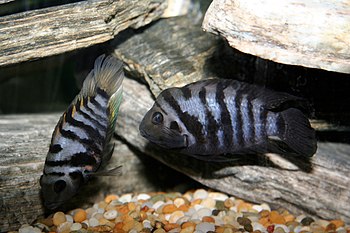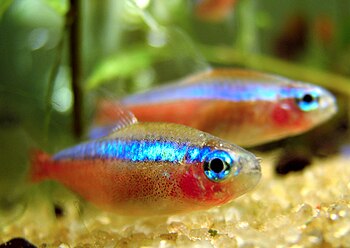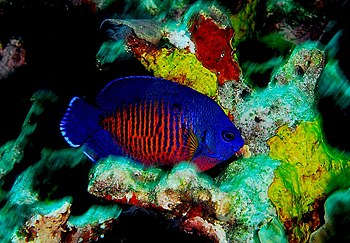 |
| Firthfield Pet Store, Northwich - Wikipedia |
I'm pretty passionate about this subject because owning a pet supplies store I have seen far too many people choose to own fish because "they are easier and require less than other pets." While this is true on many levels, it is no excuse for people to not buy the proper kinds of aquarium supplies for their pets.
If you are unsure of what kinds of aquarium supplies you might need for the fish you have purchased or are hoping to purchase, then look no further than to a pet supply store for help. Go to a store near you and talk to someone that is knowledgeable about aquarium supplies. Ask all of your questions and allow them to lead to aquarium supplies that are reasonable and necessary for the livelihood of your fish. Make sure that you have a full understanding of the needs of your fish before you purchase them. You need to realize that fish take work just like any other pet and that something will be required of you in taking care of them.
If you aren't quite ready to visit a pet supply store, then go to your local library and find some resources for starting an aquarium and filling it with the right aquarium supplies. There are many great resources out there, you just need to find them and learn what you can. You can also benefit greatly from learning about the proper aquarium supplies by doing an internet search based on the kinds of fish you have or are thinking of purchasing.
When it comes time to actually purchase aquarium supplies, you'll want to make your way back to the pet supplies store. Nowhere else will you find as great of help from people who really know what they are talking about. So get to your local pet shop and find all the aquarium supplies you need. And don't worry, most aquarium supplies come in a wide variety of price ranges, so don't feel obligated to run off and buy the most expensive ones. Instead, go for what fits your budget.
Having fish can be a great and fun thing. Just be sure to fill your aquarium with the right supplies and your fish will live long and stay happy.






